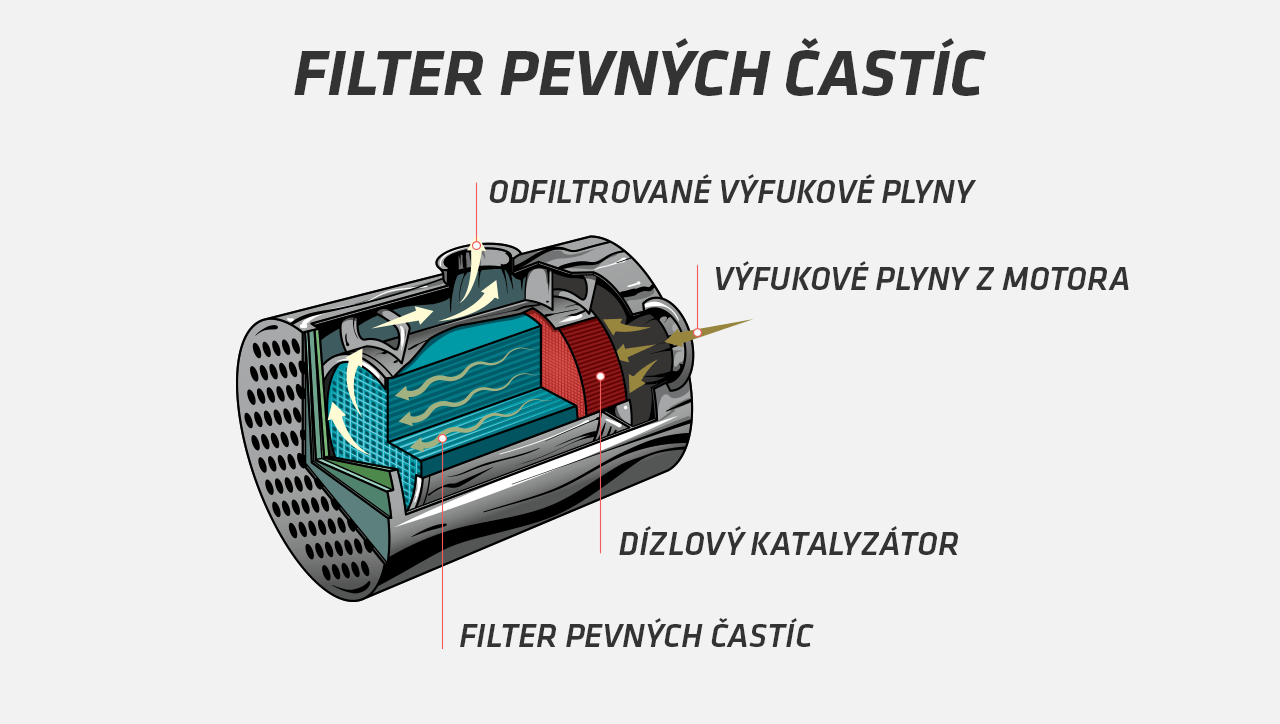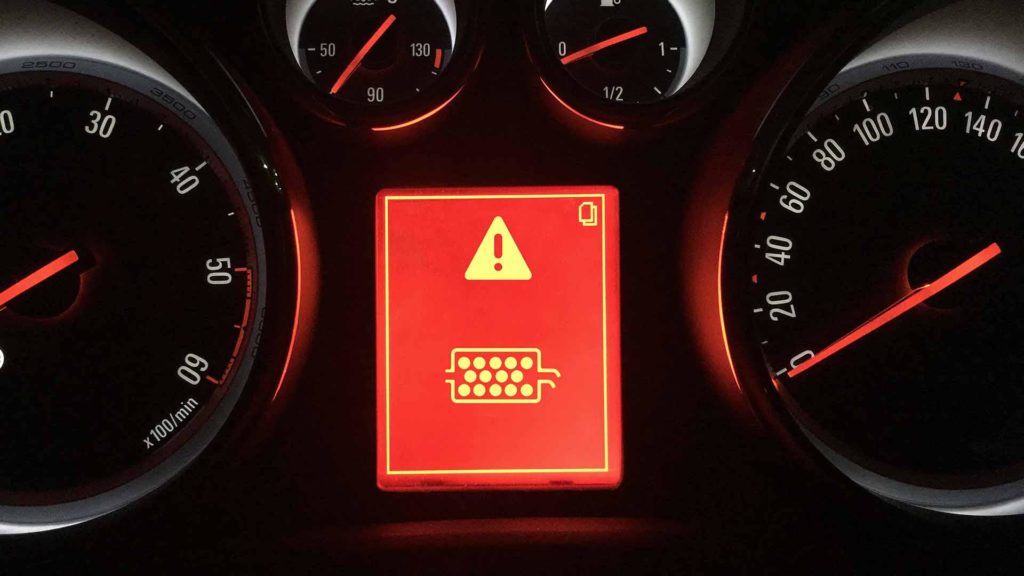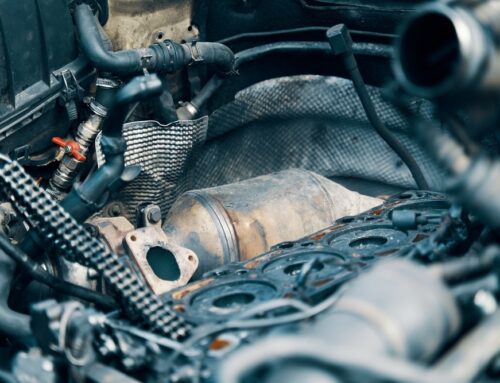Common problem of modern
diesel engines
The particulate filter has been a standard part of all cars with a diesel engine since 2010. Nowadays, however, you can find it more and more often in the exhaust pipe of gasoline engines. How does it actually work, what should you know about its regeneration and what steps can you take to extend its life as much as possible?
How does a DPF filter function
The DPF (Diesel Particulate Filter) is located in the exhaust pipe. Its task is to capture solid carcinogenic particles, which naturally arise when fuel is incompletely burned. Microscopic solid particles are captured on a ceramic strainer coated with precious metals, usually palladium or platinum. The filter works with more than 80% efficiency, under certain conditions its efficiency is even higher.
The introduction of these filters was influenced by the tightening conditions of the Euro emission standards. It is a binding standard of the European Union, which sets the limits of harmful substances in the exhaust of motor vehicles (petrol and diesel). The values of carbon monoxide, sulfur, carbon dioxide, lead, soot, nitrogen oxide and unburned hydrocarbons are measured.
Remember: Since the DPF filter contains precious metals, it is a relatively expensive component. Its price varies between €500 and €4,000, depending on the make and model of the car.
The ceramic strainer of the particulate filter is gradually clogged with accumulated soot. Therefore, if build-up of soot has reached the pre-set limit at 45 to 55% and the basic conditions for driving speed or engine speed are met, regeneration starts, during which these solid particles are burned at a temperature of more than 500 °C.
2 basic types of DPF filters
There are 2 types of DPF filters. Some vehicles use filters with additives that accelerate regeneration. However, the disadvantage of this system is the need to add an additive. The service life is also not ideal – it usually ranges from 80,000 to 200,000 km.
Most manufacturers therefore install DPF filters without additives in their vehicles. They are regenerated by the high temperature caused by the additional diesel injection in the exhaust phase. The advantages are is the low maintenance requirements and the long service life, which usually ranges from 300,000 to 500,000 km.
Don’t forget: Nowadays, most modern cars with diesel engines, in addition to the DPF filter, also have an SCR catalyst system with AdBlue urea injection, which must be topped up regularly. In our offer, you can find DYNAMAX ADBLUE 1.5L bottle or a larger DYNAMAX ADBLUE 20L jerry can.
What are the symptoms of a clogged DPF filter?
A clogged DPF filter is most often manifested by the feeling of loss of engine performance, higher fuel consumption, more difficult starting, excessive amount of exhaust smoke, passive and active regeneration keeps failing or a pungent smell of diesel in the interior. Usually, the orange DPF filter light on the instrument panel also lights up.
Regeneration of the particulate filter
Each car has different set of conditions under which the regeneration of the DPF filter is triggered. For most diesel engines, however, it takes place at speed of at least 60 km/h and engine revs of more than 2000 rpm.
Gasoline engines equipped with a particulate filter regenerate faster and more often, so the risk of clogging is much lower than in the case of a diesel engine. The regeneration process usually starts after you reach a speed of at least 80 km/h and engine revs of 3,000 to 5,000 rpm.
The regeneration process must be finished entirely without interruption. If we interrupt the process repeatedly, it can lead to permanent deposits in the channels and a significant loss of vehicle performance. Clogging of the DPF filter reduces its regenerative capacity, which at a later stage can also mean its “destruction”.
How to extend the life of the DPF filter?
DPF filters are mainly damaged by short trips around the city, during which regeneration never starts by default. They quickly become clogged and stop working properly. Therefore, try to run your car outside the city at higher revs once in a while and avoid short drives if possible.
However, you can also extend the life of the DPF filter by refueling with high-quality fuel. In this regard, it is good to add DYNAMAX DPF CLEANER 300 ML to the fuel, which contributes to lower clogging and more effective cleaning of the DPF filter. It is also important to use the engine oil prescribed by the manufacturer. You can find a wide range of oils with additives for the proper functioning of the DPF in our offer. Last but not least, do not underestimate the regular service of your car.
Final tip: When the DPF filter becomes clogged, it is not necessary to immediately change it to a new one. You can have it cleaned using special products in a proper service station. DYNAMAX DPF AIR JET FLUID 1L or DYNAMAX DPF CLEANING FLUID 1L are perfect for effective DPF cleaning.







